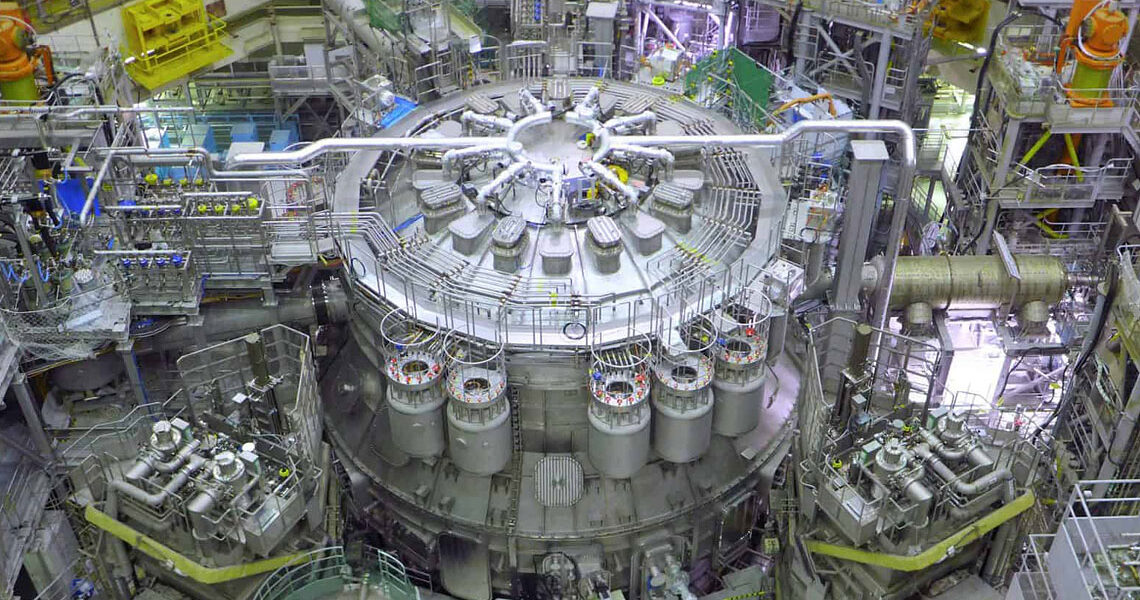The inauguration of the JT-60SA experimental fusion reactor in Naka, Japan on December 1st, 2023, is a remarkable achievement for the scientific community and industry. This milestone brings us closer to the use of fusion energy, which is safe and environmentally friendly, and has the potential to revolutionize the energy sector. The collaboration between the European Union, and Japan, and the contributions of the Italian government, businesses, ENEA, the RFX consortium, and the National Research Council, demonstrate the power of international cooperation and the pursuit of a common goal. Tratos is delighted to share this fantastic news with the energy-related sectors, and we hope that this achievement inspires further progress and innovation in the field of sustainable energy.
At the inauguration ceremony were present the European Commissioner for Energy, Kadri Simson, the Japanese Minister for Education, Culture, Sports, Science and Technology, Masahito Moriyama, the Japanese Minister for Science and Technology Policy, Sanae Takaichi, high-level politicians level, representatives of the industry and the research community, who witnessed the plasma experimentation from the control room.
Marc Lachaise, director of Fusion for Energy, expressed appreciation for the international collaboration and the strong team spirit of the teams involved: “What happens here today – he said – will be important tomorrow to decide the contribution of fusion in an energy mix devoid of carbon. The JT-60SA facility is critical to the fusion roadmap because it offers our experts a one-of-a-kind opportunity to learn, operate this device and share this valuable knowledge with the International Experimental Reactor (ITER). Furthermore, it has allowed European research laboratories and industry, together with Japan, to work side by side in developing a meaningful partnership.”
Construction of the JT-60SA plant began in 2007 and was completed in 2020. Since then, several technical improvements have been made, and the first plasma experiments started at the end of the same year. The overall cost of constructing the plant was approximately 560 million euros, which was split between Europe and Japan. The project is considered an excellent example of science diplomacy and has been praised for its collaborative spirit, efficient management, and exemplary execution.
Tratos supplied the Cable-In-Conduit (CIC) superconducting wire. F4E (Fusion4Energy) awarded Tratos the contract for cabling and jacketing of approximately 20 km of ITER Toroidal Field (TF) conductors and in the region of 28 km of JT-60SA TF conductors, plus the jacketing of around 22 km of Poloidal Field (PF) conductors.The contribution of Tratos was recognised by the Minister of the Environment and Energy Security and program owner of the Italian Fusion Program, Mr Gilberto Pichetto Fratin, who said “I am very proud that Italy has contributed to today’s success by providing scientific support and tokamak components as a contribution voluntary within the Broader Approach agreement between the European Union and Japan, thanks to funds of around 70 million euros made available by the Italian Government. With the coordination of ENEA, the Italian industry supplied superconducting cables for the magnets, superconducting toroidal coils, coil containment boxes, and power supply for the magnetic system: components made by ENEA, Tratos Cavi, Criotec, ASG Superconductors, Walter Tosto, Poseico Power Electronics and OCEM Energy Technology”.
Image credit © F4E/QST










